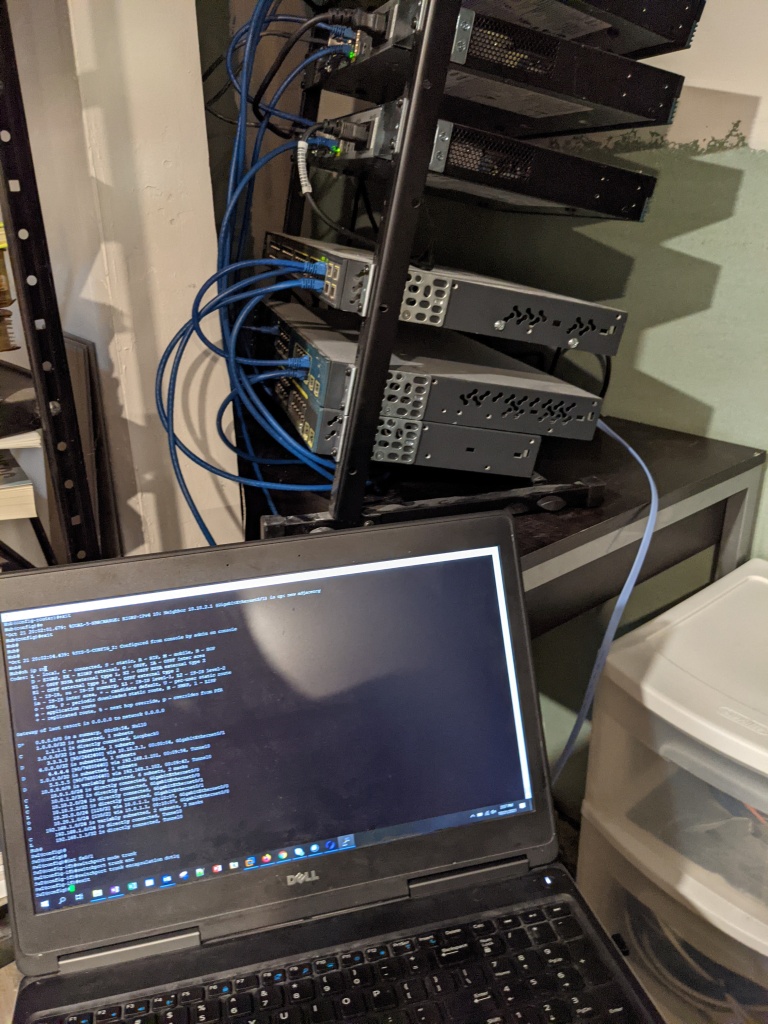Yesterday I posted about hitting 10 years in IT. I see a lot of posts around the internet about people in IT burning out. Having a hobby that isn’t related to your job is a crucial aid in staving off burnout!
7 years ago I was a sysadmin for a small credit union. My manager frequently scheduled last minute late night work for me, would berate teammates in meetings, was churlish and dishonest, and just not a good manager.
I realized one day that I needed some sort of healthy outlet for the frustrations from work. So I got into woodworking. I didn’t have many tools, but I built a dining room table out of construction grade lumber with a circular saw, a miter saw, and a cheapo Harbor Freight sander. It wasn’t that well built, but it was a start. And you know what? As I cut the wood, put it together, sanded it, and stained it, I felt the frustration of work melt away.
So I kept making things. And I got better. Below are some things I’ve made recently: a new maple dining table made with mortise and tenon joinery and a desk I made out of cherry (with process pics).










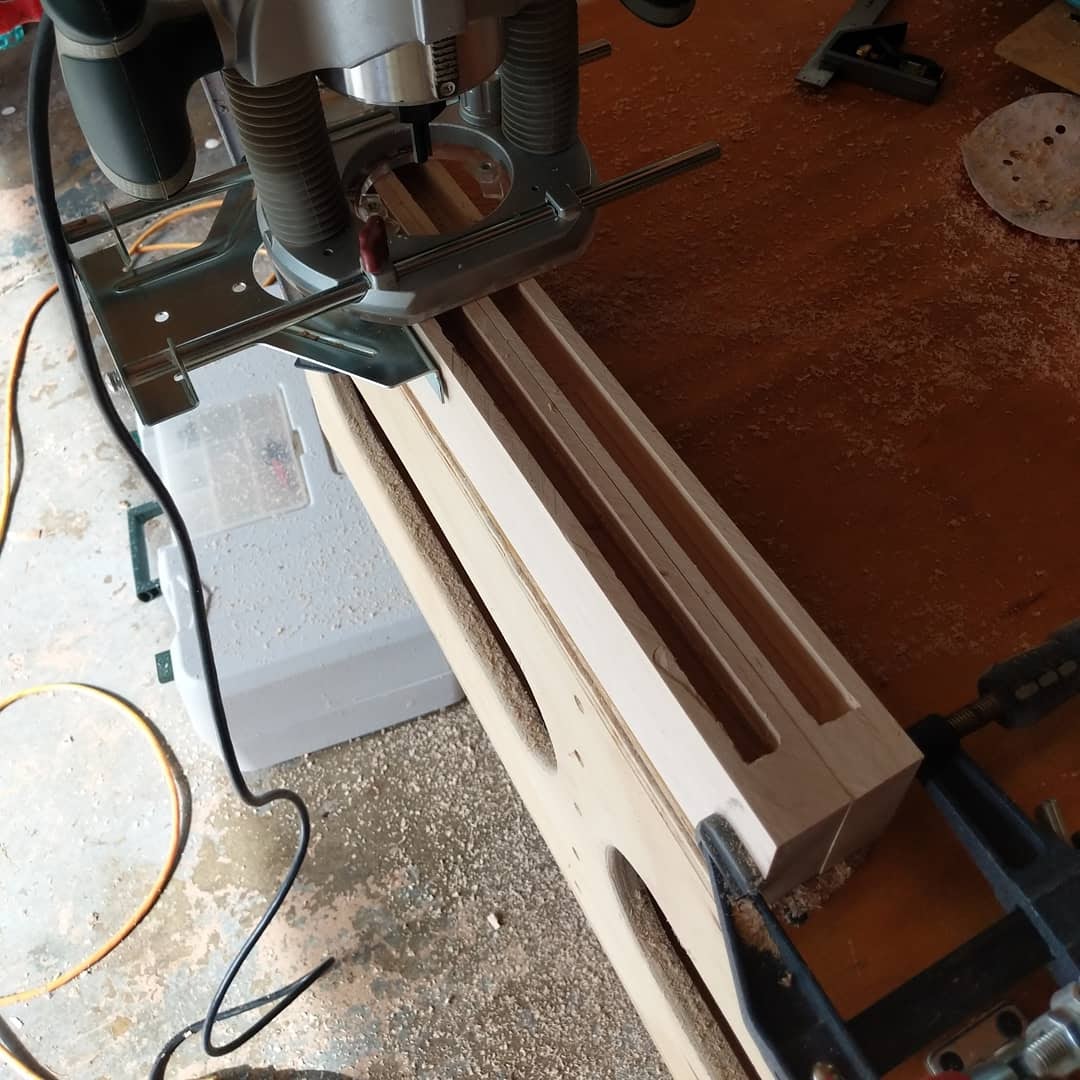



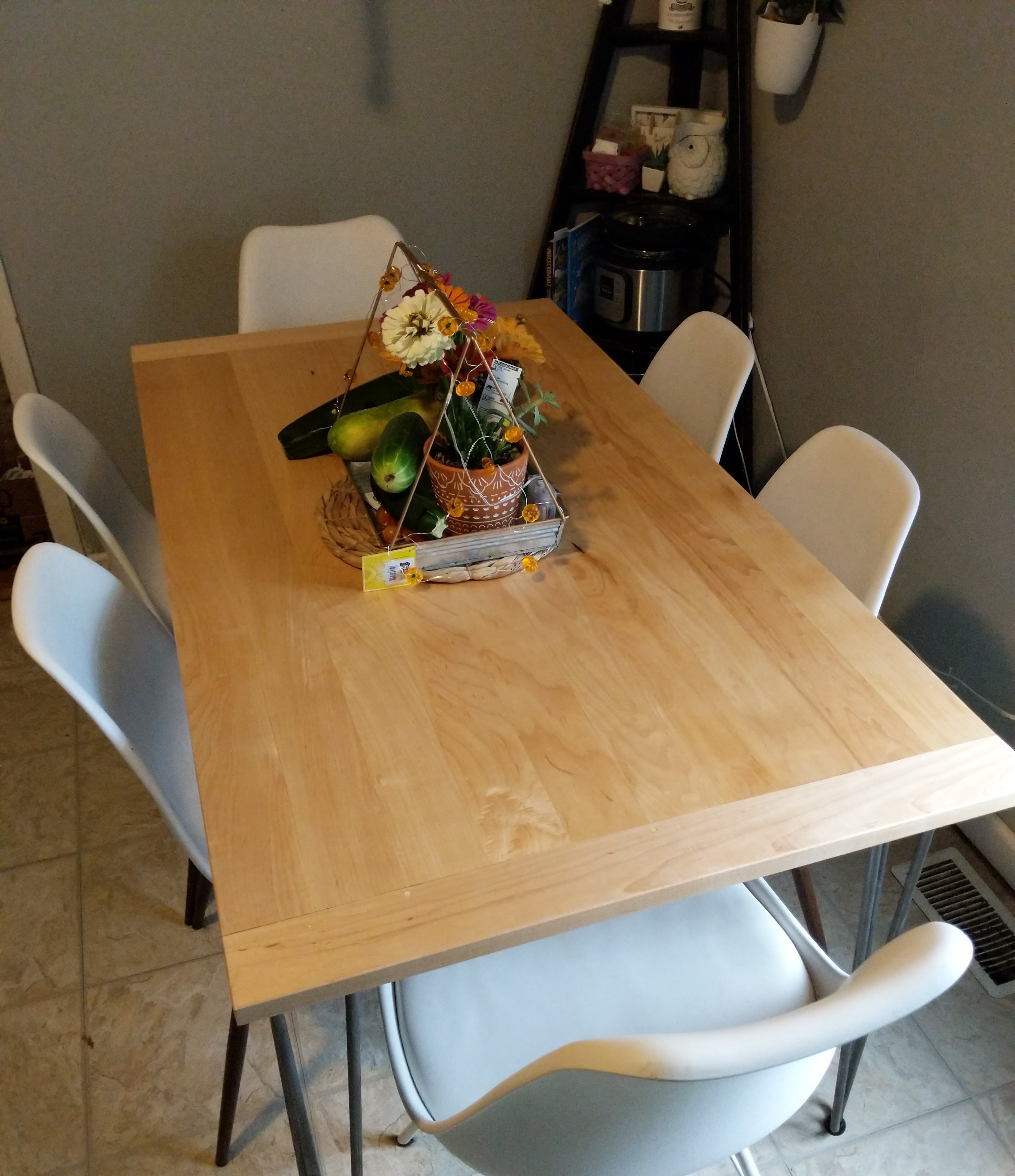
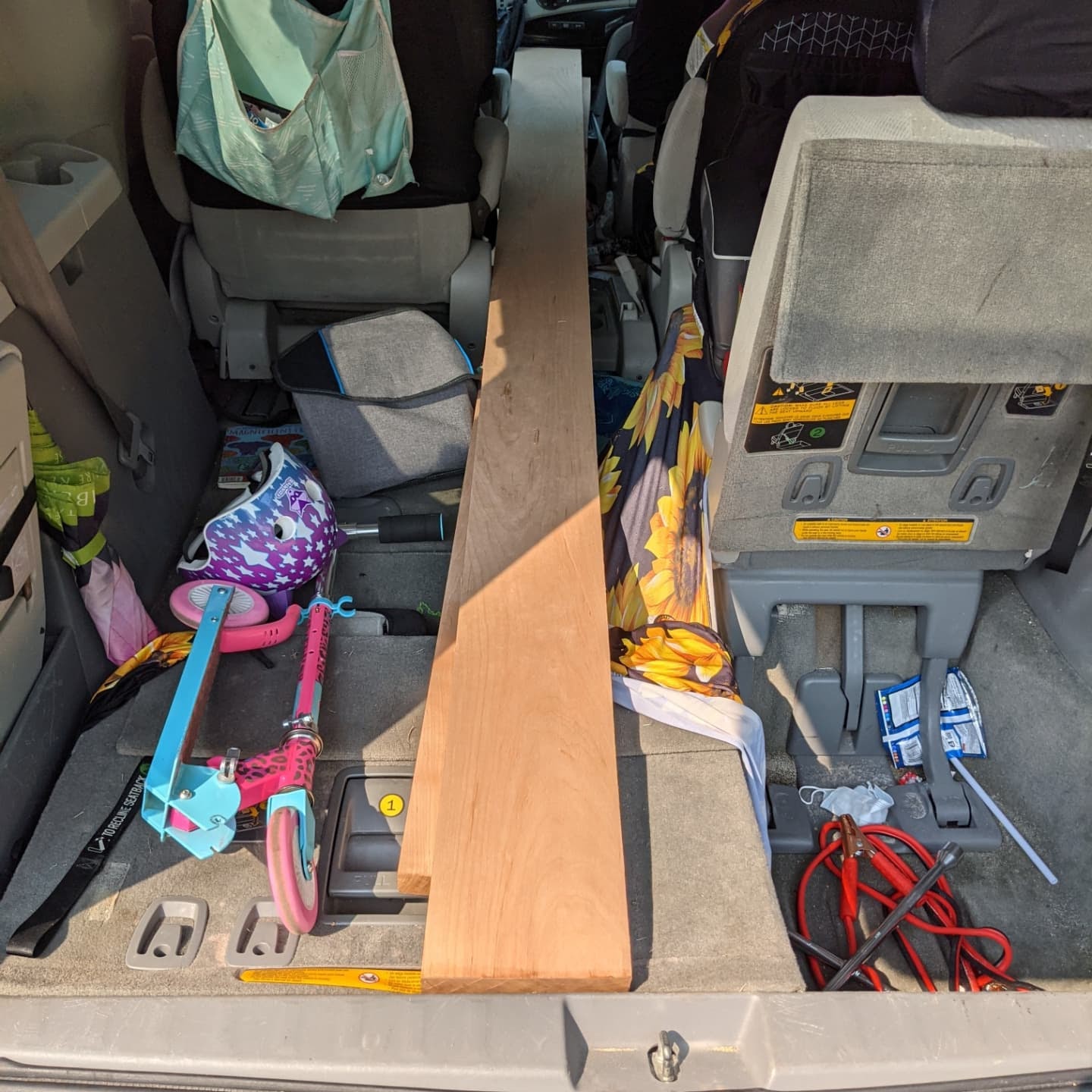



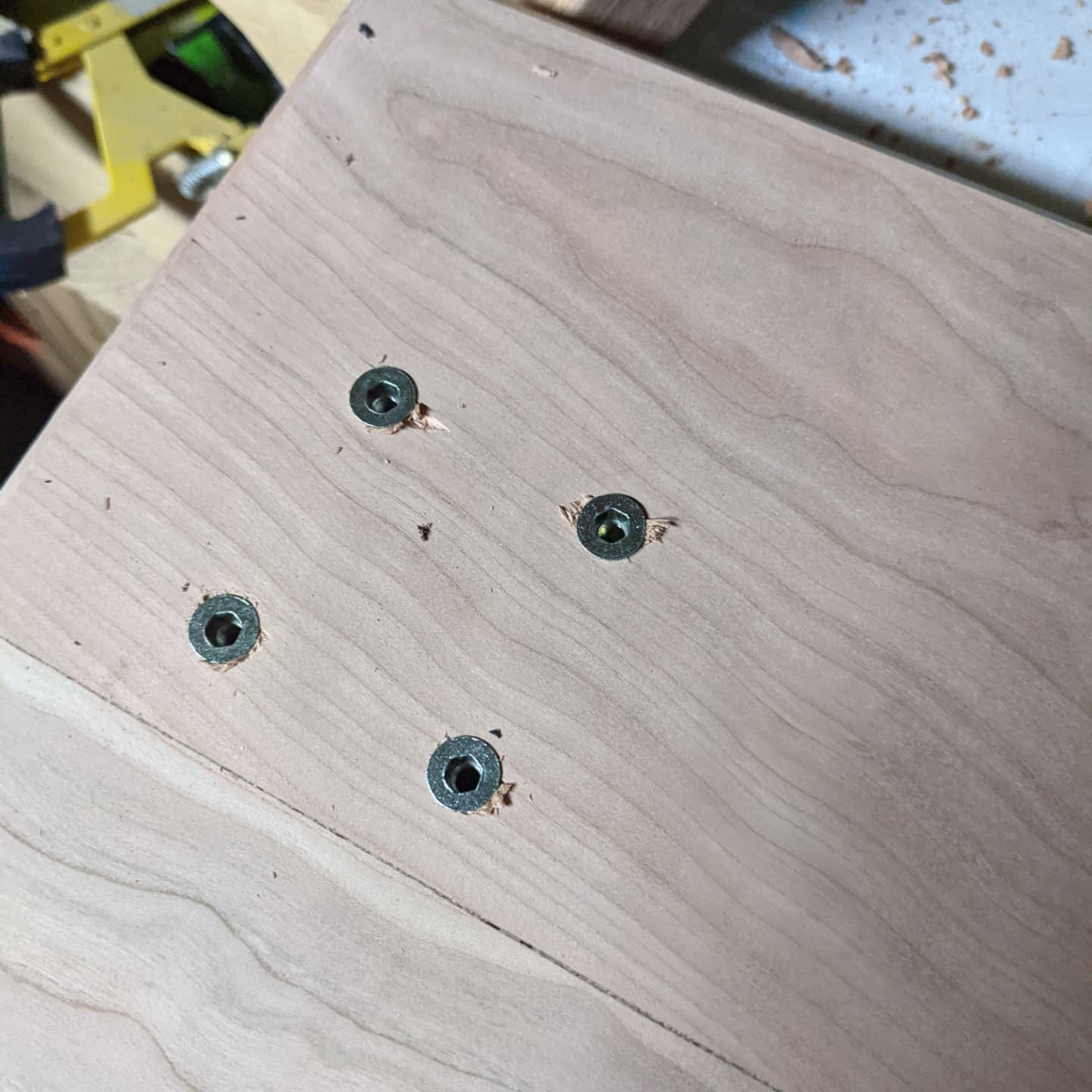


I also picked up gardening in 2020 (Hey, it seemed like civilization might collapse, so I thought it would be prudent to learn to grow stuff). I also enjoy hiking. Sometime I’ll share pictures from hiking too.
Find a hobby guys and gals!


